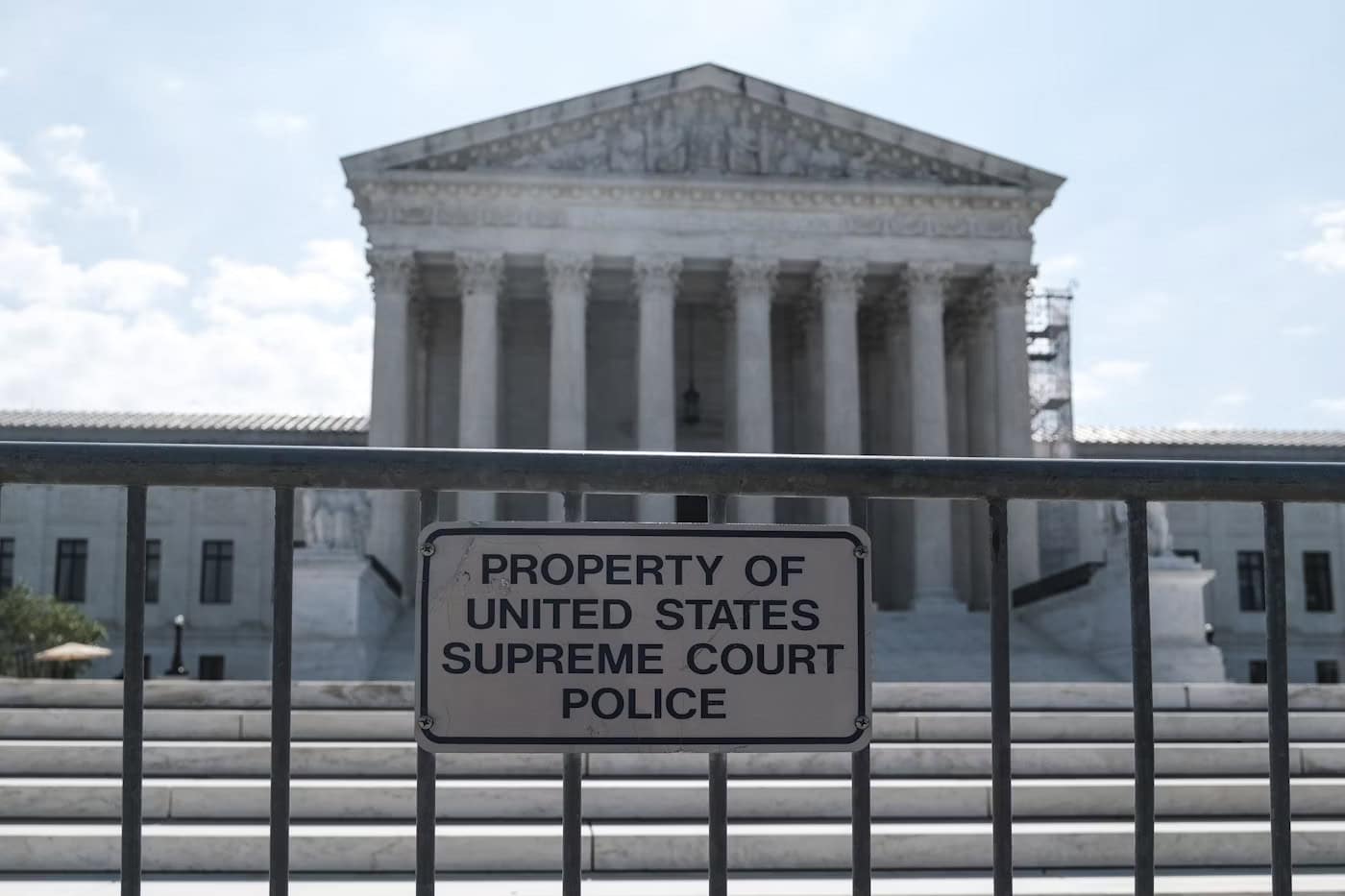
The Supreme Court upended how the federal government works on Friday. In a landmark decision in its war on federal regulatory power, the justices formally overturned a key doctrine that determined when and how courts should interpret ambiguous federal laws.
Forty years ago, in Chevron v. National Resources Defense Council, the Supreme Court ruled that when a federal agency enforces an ambiguous law, courts must defer to the agency’s interpretation of that law so long as it is “reasonable.” Congress and the executive branch have operated against this backdrop for decades when drafting laws and writing regulations.
No longer. “Chevron is overruled,” Chief Justice John Roberts wrote for the court in Loper Bright Enterprises v. Raimondo. “Courts must exercise their independent judgment in deciding whether an agency has acted within its statutory authority, as the [Administrative Procedures Act] requires.”
The court’s three liberals denounced the ruling in vivid terms as a threat to […]










